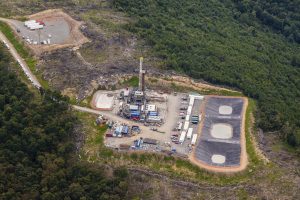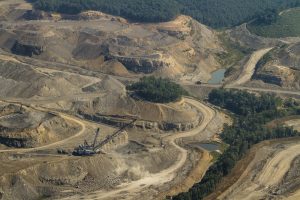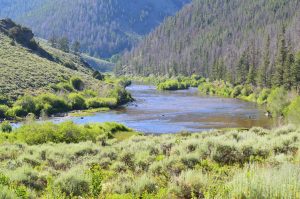© Jim Oakleaf
Development by Design
Ways to address the challenges of land modification
The challenges facing our world are urgent. The pace of conservation must grow faster, and we can’t do it alone. Through partnerships with governments, businesses, and civil society, The Nature Conservancy collaborates to find and share good ideas to improve people’s lives and protect the world’s great places. We incorporate those same ideas into our development planning approach, amplifying our influence and the speed of positive change.





